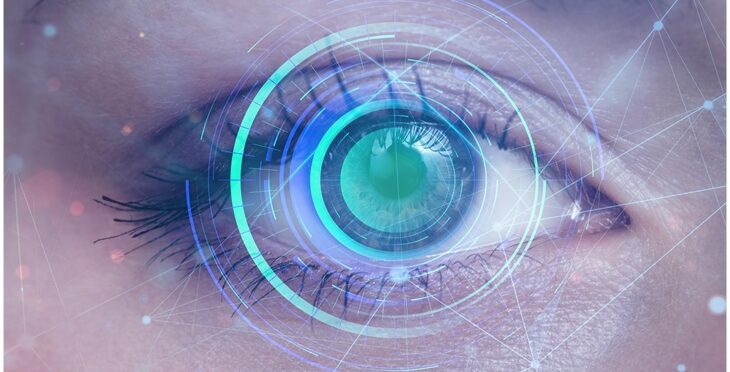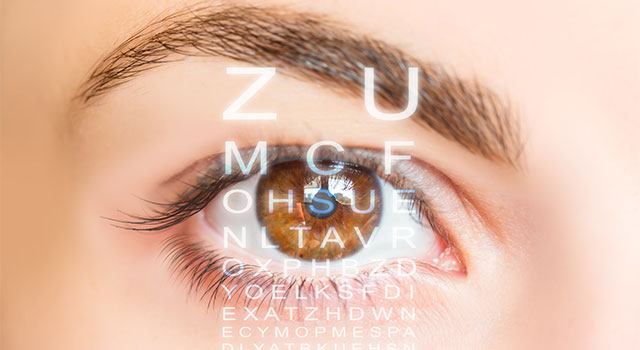The Duty of Advanced Diagnostic Devices in Identifying Eye Disorders
In the realm of ophthalmology, the utilization of sophisticated diagnostic tools has reinvented the early identification and management of various eye problems. As the demand for exact and timely medical diagnoses continues to grow, the combination of innovative tools like optical coherence tomography and visual area screening has ended up being essential in the world of eye care.
Significance of Very Early Diagnosis
Early medical diagnosis plays a critical function in the reliable management and therapy of eye problems. Prompt identification of eye problems is important as it allows for prompt intervention, potentially stopping further progression of the illness and lessening long-lasting issues. By spotting eye problems at an onset, healthcare carriers can use ideal therapy strategies tailored to the particular problem, eventually leading to better outcomes for clients. Very early medical diagnosis makes it possible for individuals to access necessary support services and sources earlier, boosting their total high quality of life.

Technology for Finding Glaucoma
Advanced analysis innovations play an important function in the very early detection and monitoring of glaucoma, a leading reason of irreversible blindness worldwide. One more advanced device is visual field screening, which maps the level of sensitivity of an individual's aesthetic area, aiding to detect any type of locations of vision loss attribute of glaucoma. These innovative analysis tools enable eye doctors to identify glaucoma in its very early stages, permitting for timely treatment and better management of the illness to avoid vision loss.
Function of Optical Coherence Tomography

OCT's ability to evaluate retinal nerve fiber layer thickness permits exact and unbiased measurements, aiding in the early detection of glaucoma also prior to visual field issues emerge. Moreover, OCT innovation check this site out allows longitudinal tracking of architectural modifications with time, helping with personalized therapy plans and prompt interventions to assist maintain individuals' vision. The non-invasive nature of OCT imaging also makes it a favored choice for keeping track of glaucoma development, as it can be duplicated regularly without causing pain to the individual. In general, OCT plays a crucial role in enhancing the analysis accuracy and management of glaucoma, eventually adding to much better outcomes for people in jeopardy of vision loss.
Enhancing Medical Diagnosis With Visual Field Screening
A crucial component in comprehensive ophthalmic assessments, aesthetic field screening plays an essential over at this website duty in enhancing the diagnostic process for different eye problems. By analyzing the full extent of a client's aesthetic area, this test supplies critical information regarding the useful honesty of the whole aesthetic path, from the retina to the visual cortex.
Aesthetic field screening is specifically beneficial in the diagnosis and monitoring of problems such as glaucoma, optic nerve disorders, and numerous neurological illness that can influence vision. Via measurable measurements of outer and main vision, clinicians can spot refined changes that might show the presence or progression of these problems, also before obvious signs and symptoms happen.
Moreover, aesthetic field testing allows for the surveillance of treatment efficacy, aiding eye doctors tailor therapeutic interventions to specific patients. eyecare near me. By tracking adjustments in visual area efficiency with time, doctor can make enlightened decisions about changing medications, recommending medical interventions, or executing various other suitable steps to maintain or enhance an individual's aesthetic function
Managing Macular Deterioration

Final Thought
In final thought, advanced analysis devices play a critical role in determining eye problems early on. Technologies such as Optical Coherence Tomography and aesthetic field screening have actually greatly improved the accuracy and efficiency of diagnosing problems like glaucoma and macular deterioration.